SOLDIERS OF EMPIRE
|
Over the summer of 2017-18 we were once again very fortunate to be joined by 4 Summer Scholars.
At the Auckland War Memorial Museum Max Nichol was exploring the transformation of Auckland from a town dominated by barracks and the coming and going of military in the early 1860s to a confident colonial port city by the end of the century. The thorough and detailed report of his research findings looks at, among other things, the temperance movement in Auckland, leisure and social lives in Auckland, and the transformation of Albert Barracks to Albert Park. At Puke Ariki Sian Smith worked with amateur photographer and collector William Francis Gordon’s photograph album “Some “Soldiers of the Queen” who served in the Maori wars and other notable persons connected herewith” (PHO2011-1997). A unique historical artefact, the album dates from around 1900 and contains over 450 photographs of soldiers, civilians and Māori involved with the New Zealand Wars. The portraits are loosely ordered into regiments and most are annotated in Gordon’s distinctive handwriting. The album is an integral part of Puke Ariki’s collection of Taranaki Wars material, memorialising those who are depicted and bringing their faces/identities into striking contemporary view/attention. Sian began her project entering the 20% of the album not yet catalogued into Puke Ariki’s collection management system and created networks between images in the album with other items and records in Puki Ariki’s collection. Beyond this useful work that has made the full album more accessible to researchers, Sian developed biographical information for both a selection of people depicted in the album and the regiments mentioned. At Te Papa Caitlin Lynch was also working with photographs compiled by W.F. Gordon, in this case a collection of carte-de-visite photographs acquired by the Dominion Museum in 1916. Caitlin worked to contextualise the photographs by identifying related objects in other collections across Te Papa. Beyond this linking of records/items in the collection, Caitlin meticulously pieced together narratives of specific individuals and battles. You can read about some of her speculations/thoughts/research trails while working on the project on the Te Papa Blogs linked below:
Our internal VUW Summer Scholar was Philip Little, who transcribed and analysed the ‘Effects and Credits’ pages of the WO 12 Muster Roll archives of the 50th, 65th, and 68th regiments in search of answers to such questions as where did they come from, what did they do, how did they live and how did they die. A poster of his findings is available here.
0 Comments
The biennial New Zealand Historical Association conference was held this year at Auckland University over 28 November to 1 December. Wednesday morning began with a wonderful welcome onto Waipapa Marae, where, on Friday morning, our ‘Auckland at the Crossroads of Nineteenth-century Military and Civilian Worlds’ panel had the great honour of presenting in the wharenui. The conference was filled with fantastic papers across a broad range of topics that have left us with much to think about. Several papers were of particular relevance to this project. One such was a fantastic and moving session by our VUW colleagues Arini Loader, Mike Ross, and Kelly Keane-Tuala, ‘He aroha hoki nōku ki te iwi: An Expression of my Affection for the People’, looking at the waiata recorded by prisoners of the battle of Rangiriri. A short interview with them here, recorded for the conference One of our core partners, Puke Ariki, was also at the NZHA Conference in the form of Andrew Moffat, Heritage Collections Lead/Pouarahi Tukuihotanga at the museum. Andrew gave a terrific paper exploring the heroic mythology with which Gustavus Von Tempsky surrounded himself, and with which he continues to trail through to the present. Andrew introduced us to a dazzling, troubling, amusing array of Von Tempskyana. We look forward to seeing this in print or on screen soon. Jamie Hawkins Elder, a VUW MA student working with Charlotte, presented on Thursday afternoon on aspects of her MA research, looking at the ‘emotional and practical responses to refugee settler women during the New Zealand Land Wars 1860-1872’. In that same session Lyndon Fraser presented on death at sea as detailed in 19th century shipboard accounts, leaving us to further examine what similarities there might be between these practices and those among imperial soldiers dying on their way to New Zealand. We (Charlotte and Rebecca, with John McLellan) presented our panel to a wonderful audience who left us with much to ponder. Charlotte presented on ‘Auckland via Calcutta: Military Cosmopolitanism in the Mid-nineteenth Century’, Rebecca on ‘Death and Disease in 1860s Garrison Auckland’, and John on ‘Soldiers and Colonists: Lives of Imperial Soldiers as Settlers in Nineteenth-century New Zealand’ Though it would have been wonderful to have been joined, as had been the original plan, by Daniel Thompson, presenting on his MA work regarding the Enfield Rifle, Daniel’s absence did mean we had an extra half hour for discussion at the end of our papers which was great. We’re very grateful to all those who asked questions, and who provided some tips and avenues for follow up, in the session itself and in subsequent conversations. Our congratulations to Vincent O’Malley for winning the Mary Boyd Prize for best article on any aspect of New Zealand history published in a refereed journal for his article ‘Recording the incident with a monument’, charting the changing perceptions of the Waikato War in national memory and consciousness.
Everything from the most mundane to the exceptional feature in the army record. A unique perspective on the day-to-day conduct of war can be found in the 1864 Garrison Order Book held in Puke Ariki’s research collection. (ARC2002-811) Over the summer Samantha Hunt, a Summer Scholar co-funded by Puke Ariki and Victoria University worked her way through the Marsland Hill barracks Garrison Order Book – all 456 of its large pages. Covering the period 8 January to 18 October 1864, the Book details the movements and activities of men serving with the 57th and 70th regiments, the Taranaki Militia and Military settler volunteers. Samantha created an index to the Book listing people, events and topics. The index enables greater access to the Book’s extensive contents. 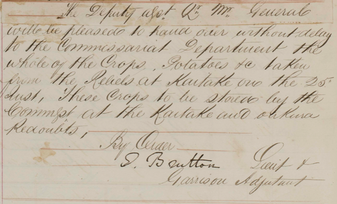 The format of the Order Book is consistent: each daily entry begins with the date, duty officers for the day and a table recording the guard and picquet placement at the numerous outposts through the region. This is followed by the daily garrison and general orders, which is where we have a window onto the conduct of the conflict. The work of the garrison can be seen for example in the order issued on 27 March 1864 noting that “The Deputy asst. [Quarter Master] General will be pleased to hand over without delay to the [Commissariat] Department the whole of the Crops, Potatoes etc. taken from the Rebels at Kaitake on the 25th Inst, these crops to be stored by the [Commissariat] at the Kaitake and Oakura Redoubts, By Order S Brutton, Lieut. + Garrison Adjutant”. As well as indexing the Order Book Samantha produced an array of short accounts for a popular readership featuring significant events and themes from entries in the Book. These provide a view of garrison life in the raw. They are available on the Puke Ariki website. A recurring theme throughout was alcohol and problems arising from its consumption. The order book begins with a note that “A Board of Officers will assemble at the [Commissariat] Store at 11am tomorrow for the purpose of testing the quality of some Rum offered for the use of the troops” – a most important duty! Tēnā koutou, welcome to the blog for Tinker, Tailor, Soldier, Settler – our research project on garrison and empire in the nineteenth century. Here we’ll be sharing discoveries from the archives, stories from our networks, and news of what is going on in the project. Summer progressThe summer months have seen work on 4 strands of the project. We have gone ahead in leaps and bounds with the wonderful work of 3 VUW Summer Scholars and a summer research assistant. More on these strands in future posts, but in short: Fiona Cliff has been making connections between men who served in Crimea, India, and in New Zealand; Samantha Hunt has been busily indexing and analysing the New Plymouth Garrison Order book for January to October 1864 at Puke Ariki; John McLellan has been transcribing the 1863-1864 diary of Ensign Spencer Perceval T. Nicholl and developing it into a digital narrative at the Alexander Turnbull Library; and Angus Crowe has been investigating bread, meat and rum and the economic impact of the war in the early 1860s. Rebecca spent much of February transcribing WO100/18 files – War Office files recording who received the New Zealand Medal. With just a few regiments left to go we’re almost in possession of a list of the 12,000 or so men who served with the imperial regiments in the 1860s. Charlotte worked across all aspects of the project over the summer. She spoke at the Wellington Branch of the New Zealand Society of Genealogists at the end of January, and with Samantha Hunt at Puke Ariki in New Plymouth at the end of February. Two of her articles appeared in the latest issues of the Journal of New Zealand Literature: ‘The First World War and the Making of Colonial Memory’ (33:2), and Law & History. Journal of the Australian and New Zealand Law & History Society: ‘People of the Land, Voting Citizens in the Nation, Subjects of the Crown’ (2015: 2). Charlotte and Rebecca presented papers at the New Zealand Historical Association Conference at the University of Canterbury in early December 2015 in a session ‘Rethinking New Zealand in the ‘redcoat’ empire. A visitor via the Peninsula War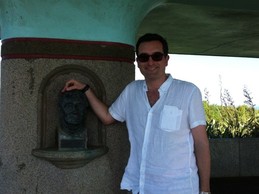 Huw and the Duke of Wellington, Wellington, New Zealand. Huw and the Duke of Wellington, Wellington, New Zealand. Dr Huw Davies, (Defence Studies, Kings College London) dropped by for a visit on 7 and 8 February. A scholar of, among other things, the Wellington our Wellington is named after, Huw had been in Sydney and Canberra for research and the ‘New Directions in War and History’ conference. He made a detour to see us in Wellington, arriving at our offices via the Peninsula War (or, at least, Talavera, Clifton, and Salamanca on the Wellington Cable Car). His research focuses on 19th and 20th century warfare and in particular on military thinking, innovation, knowledge transfer and networks, so our several hours of discussion on various topics passed by all too quickly. Huw contributes to ‘Defence-in-Depth’, the research blog of the Defence Studies Department, King’s College London, and you can see his post about his trip Down Under here. |
Archives
April 2022
Categories
All
|
Banner image: Detail of Breech loading rifle, Snider action, made by the Royal Small Arms Factory, Enfield, England, 1861. Calibre .577, Museum of New Zealand, Te Papa Tongarewa, DM000046
Favicon image: Thomas Matravers album, Sir George Grey Special Collections, 3-137-26d, Auckland Libraries
Favicon image: Thomas Matravers album, Sir George Grey Special Collections, 3-137-26d, Auckland Libraries
Copyright © 2021
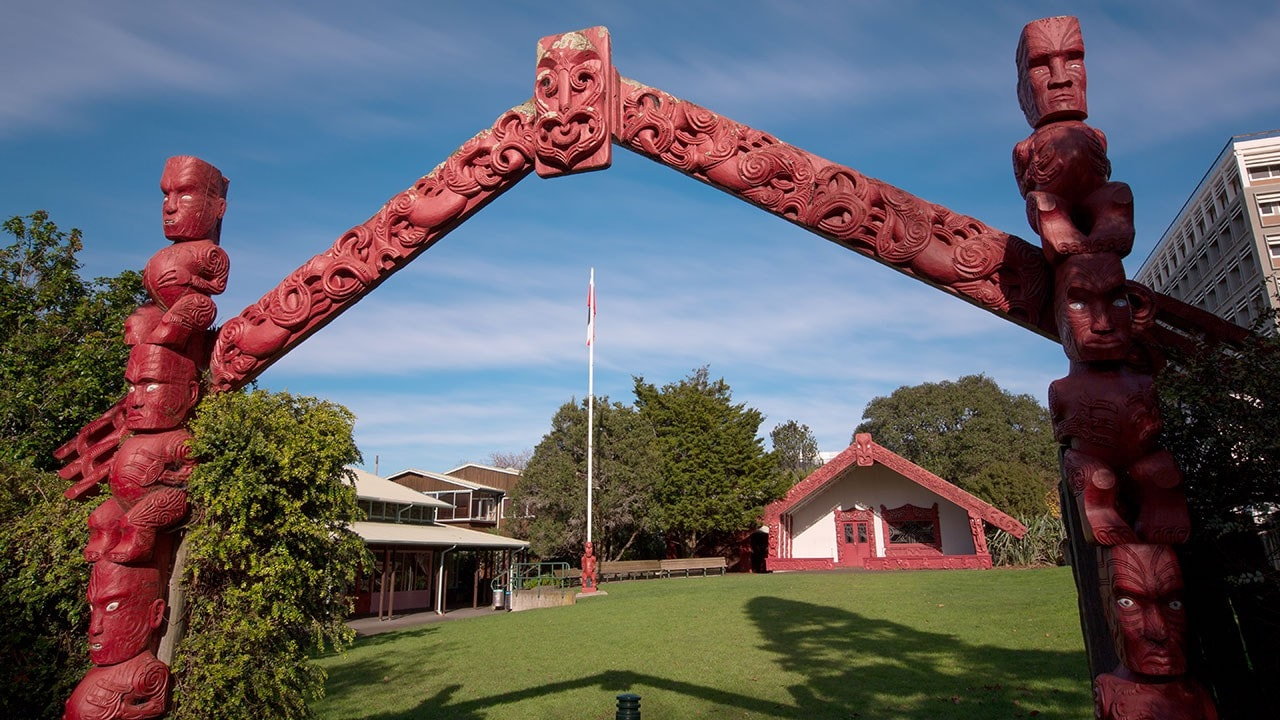
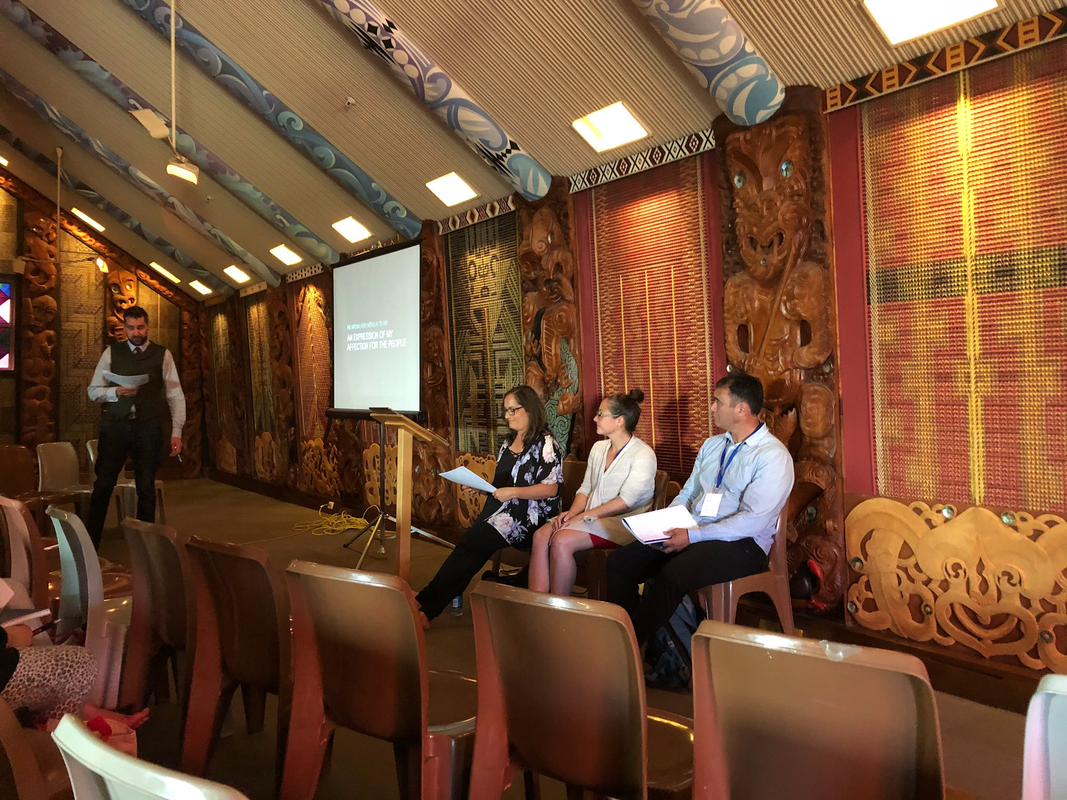
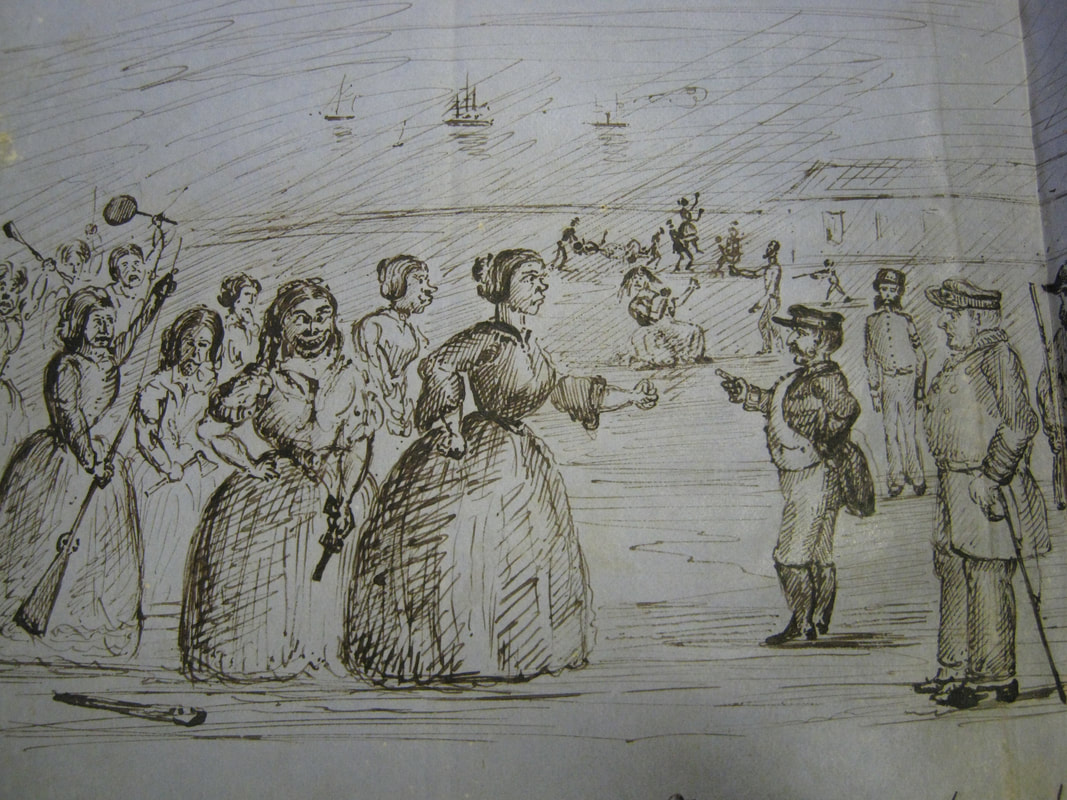
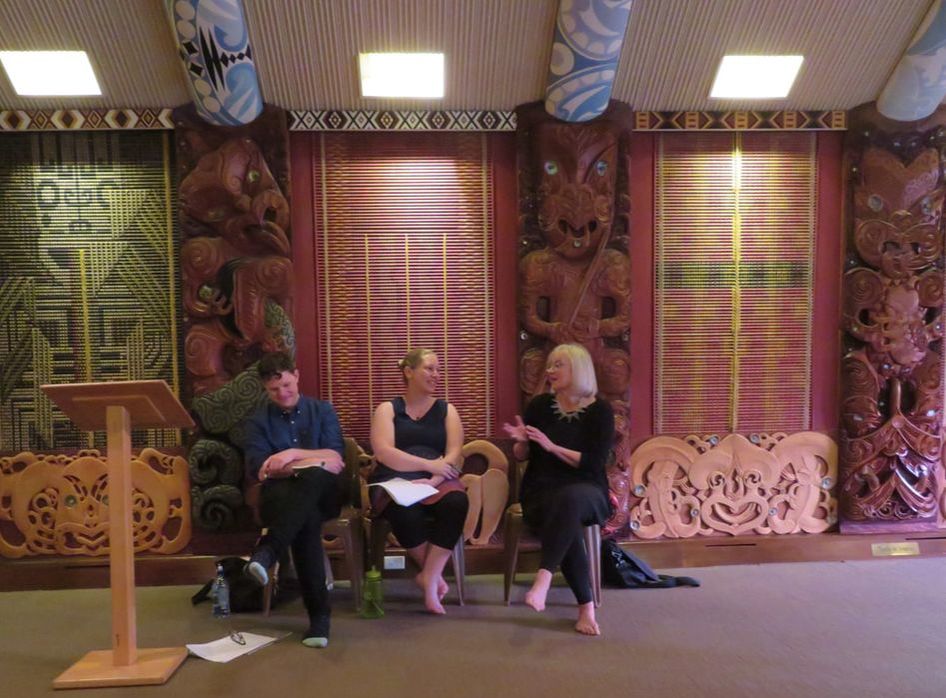
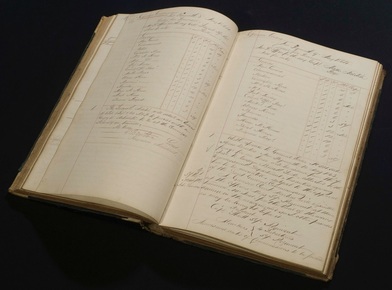
 RSS Feed
RSS Feed